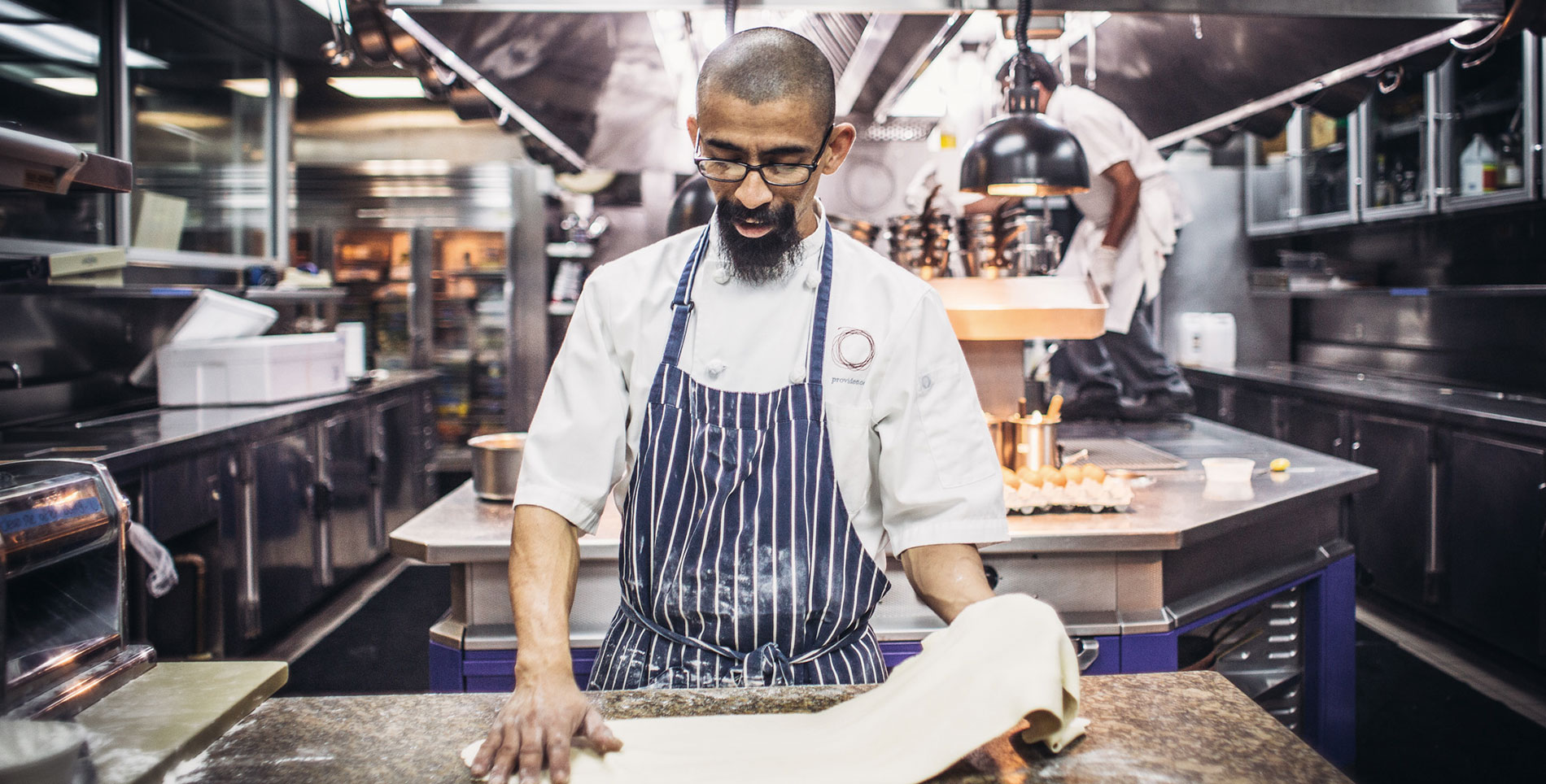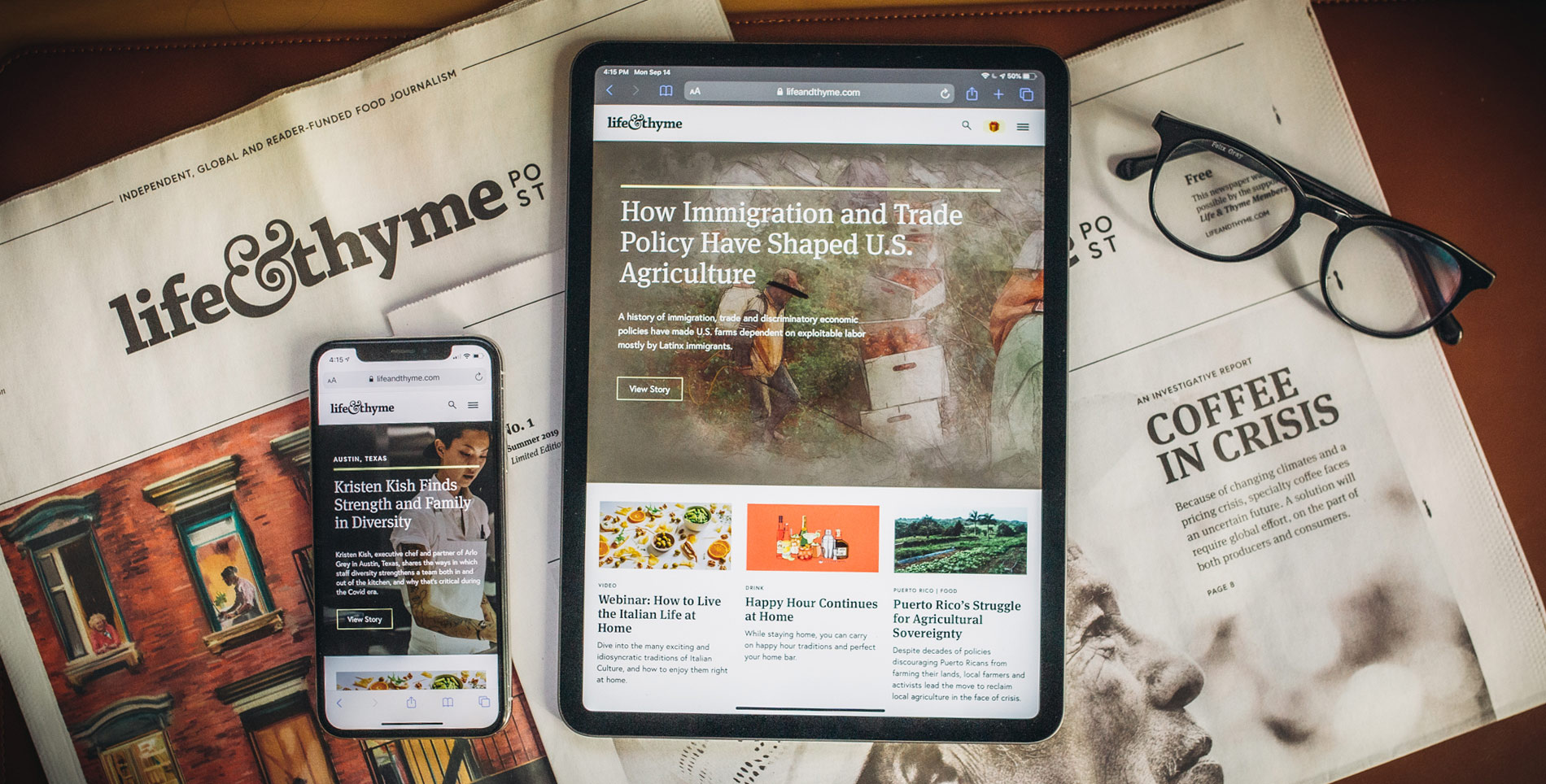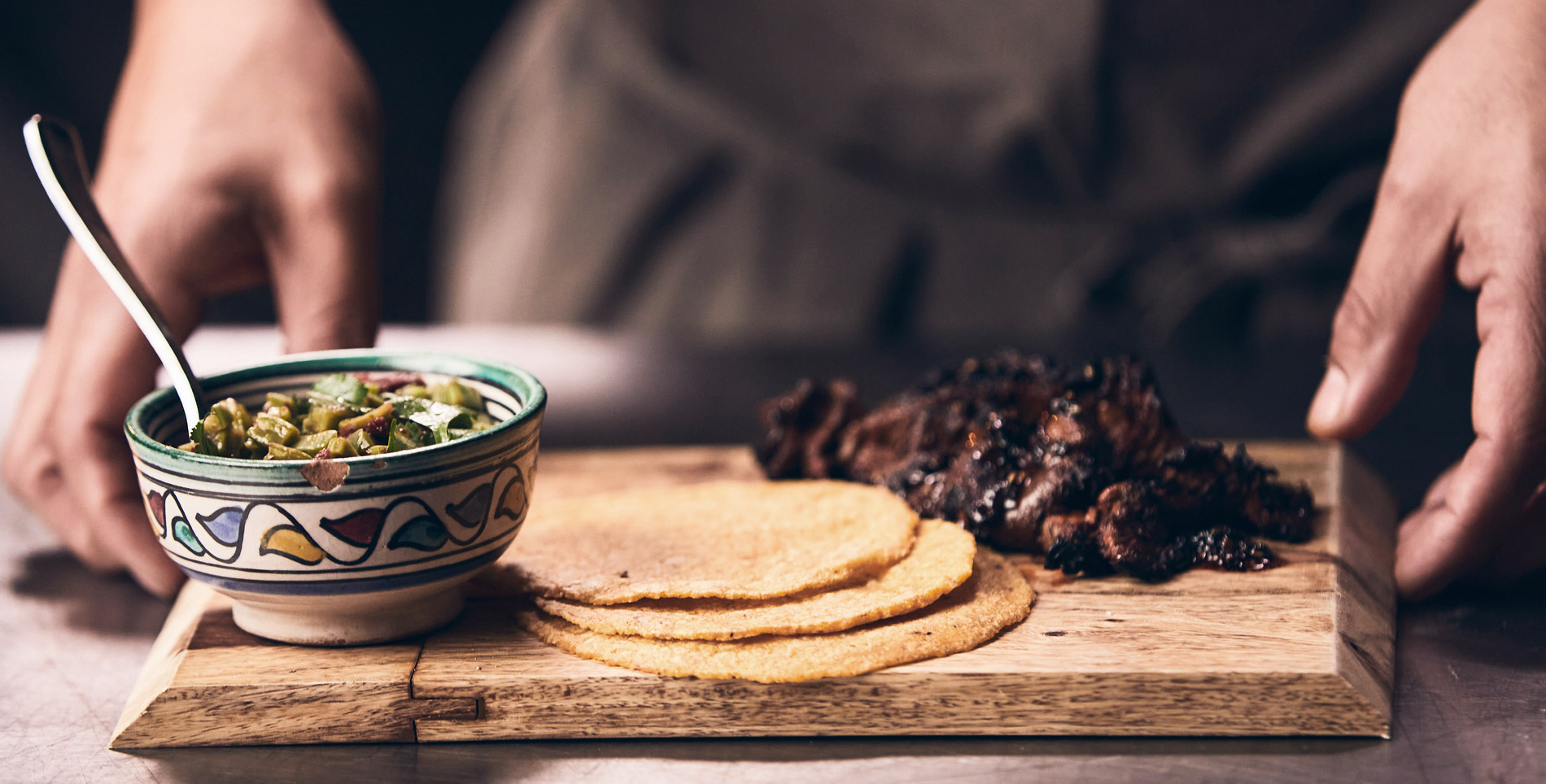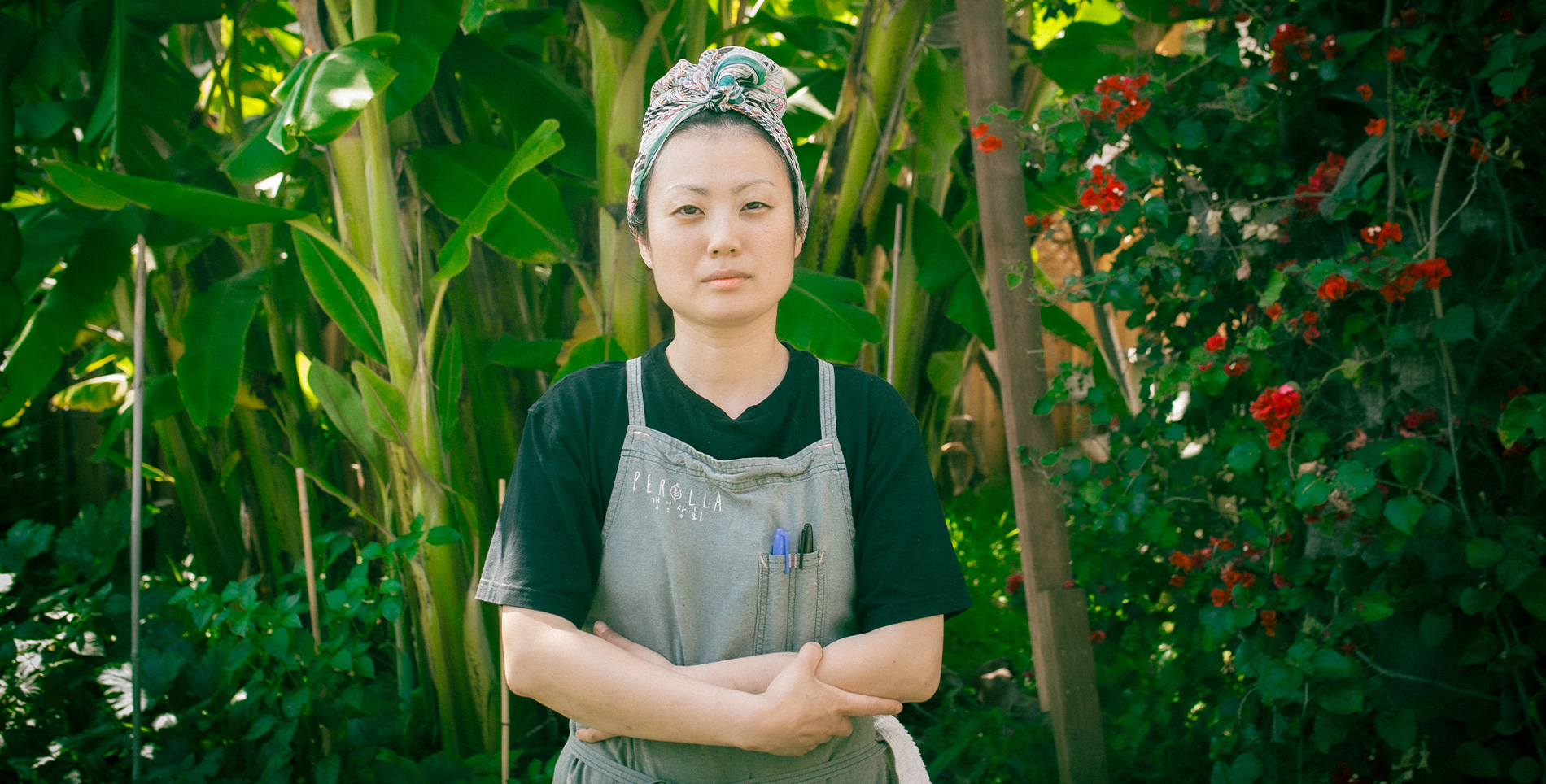Can Breadfruit Help Solve Hawaii’s Reliance on the Mainland?
While Hawaii has the capacity to grow at least 85% of its own food supply, reports estimate that up to 90% of Hawaii’s food is actually imported. As the most isolated population on Earth, imported goods often have to travel over 2,500 miles to reach the island chain. This dependence on importing has caused repercussions through the economic and environmental systems of Hawaii, raising prices on groceries and contributing to an increased carbon footprint.
Today, however, experts are looking to breadfruit as an opportunity to take a step toward global food sustainability.
At the Breadfruit Institute at the National Tropical Botanical Garden, Diane Ragone has dedicated her career to the revitalization of breadfruit. With support from Patagonia Provisions, the Breadfruit Institute built a Regenerative Organic Breadfruit Agroforest demonstration area to teach farmers this method of intercropping.The two acres of land are home to 23 mature breadfruit trees, with other food-producing plants and ecosystem-promoting plants in between.
Patagonia Provisions, the food-focused branch of outdoor company Patagonia, and Ragone champion regenerative organic agroforests as the most fruitful and beneficial way to grow breadfruit. With a goal of rethinking and improving our foodways, Patagonia Provisions has become an important partner in preserving and growing the movement around greater food security for Hawaii.
In conversation with Life & Thyme correspondent Jackie Oshiro, we welcome Diane Ragone, Director of the Breadfruit Institute at the National Tropical Botanical Garden and Birgit Cameron, Cofounder and Head of Patagonia Provisions, to discuss food security in Hawaii, their joint work with breadfruit and more.










